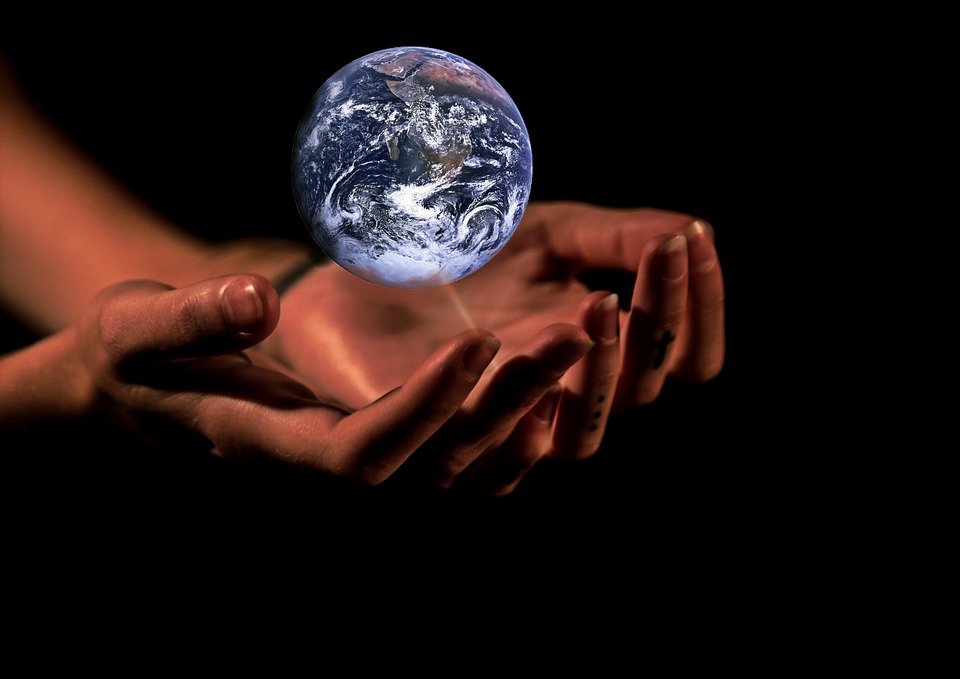 Climate change – and the surrounding debates – continue to rage around the world; recent fires in the Amazon and in Australia highlight the importance of surveillance on wildlife and unpopulated areas. According to expert Jason Hope, the key to resolving and protecting both the world’s pristine places and those places hard hit by climate change lies in technology, specifically in the Internet of Things.
Climate change – and the surrounding debates – continue to rage around the world; recent fires in the Amazon and in Australia highlight the importance of surveillance on wildlife and unpopulated areas. According to expert Jason Hope, the key to resolving and protecting both the world’s pristine places and those places hard hit by climate change lies in technology, specifically in the Internet of Things.
Climate change is certainly a primary concern. Meanwhile, the impact of human-caused damage on otherwise untouched environments has taken a toll as well. Fires in the Amazon and Australia consumed vast forests and some of the most pristine ground on earth. Some of these fires appear to have been deliberately set. Even in the chilly Arctic, fires released over 50 megatons of carbon dioxide into the atmosphere.
Jason Hope on Protecting the Earth with IoT
For those events with a human cause and those that occur because of climate change, the ability to capture data and track changes can help us learn about and hopefully prevent these events. According to Jason Hope, the Internet of Things is uniquely poised to collect and pass on the data that is needed to prevent these disasters and save the environment.
There are already about 10 billion IoT equipped devices in the world, and that number grows daily; the number is expected to soar to about 28 billion devices by 2025. Using these devices to collect data and support protective initiatives can help slow the damage. Disasters like those seen in the Amazon and Australia in just the past year can be prevented.
According to Jason Hope, recently released research shows that technology is already being used to help improve biodiversity loss and support the fight against climate change:
Instant Detect 2.0
This monitoring system is the brainchild of the London Zoo and was developed by the Zoological Society of London. Instant Detect 2.0 is a monitoring system designed to track wildlife and human activity. By establishing baseline behaviors and normative ranges, Instant Detect can then pinpoint potential hazards, including illegal human activities like poaching. Deploying a system like the satellite supported Instant Detect could deter poachers and protect some of the world’s most at-risk species.
Using carefully camouflaged cameras and robust radio transmission reporting technology, even the dense, heavily forested land in remote areas can be monitored. A single base station can monitor multiple devices. The data received is used to detect unusual animal behavior. Such behavior can be a sign of human interaction or adverse events in the environment.
TrailGuard AI
The London Zoo isn’t the only brand hoping to preserve at-risk wildlife. Trailguard cameras and built-in vision systems have the same goal. Developed in association with Intel (News - Alert) and several nonprofit initiatives, TrailGuard uses an innovative vision system to process images; according to Jason Hope, this additional layer of technology dramatically reduces the incidence of false-positive reporting. The TrailGuard camera has an 18-month battery life and a small, easy to conceal size. Its features make it uniquely positioned to protect wildlife in remote areas.
Rainforest Connection (RFCx)
This early warning system is specifically designed to combat rainforest destruction. It listens for activities that do not belong in the rainforest environment. Specifically, according to Jason Hope, chainsaws and other earth clearing materials. Solar power ensures that the RCFx stays up and running. Real-time reporting makes it easy for authorities to respond to unauthorized activity.
BTO Cuckoo Tracking Project
The cuckoo has been in decline for years, but no one knows why. The British Trust for Ornithology launched a cuckoo tracking initiative designed to determine why breeding has almost ceased and why the population is crashing. By using IoT equipped satellite tracking, scientists can determine where the birds are migrating to, and where they are stopping along the way, in hopes of discovering where the population problem lies. Some routes have been found to be more fraught with peril than others. As data is being collected and analyzed, there is new hope for the ailing cuckoo.
Other IoT initiatives are already forming; these track animals like wildebeest to determine what factors are impacting the population. This gives us insight into how the herds interact with the other animals in the food chain. By focusing on protecting and tracking wildlife, researchers hope to be able to better protect both the animal populations and the lands they live on.
The Internet of Things is in a unique position, one that makes it easier to collect data and transmit it in varying amounts -- sometimes in real-time. For those monitoring at-risk animals and lands like the rainforest, IoT supports rapid response and makes it easy to respond before damage is done. In other areas, IoT can help establish the causes of climate change or the loss of biodiversity and help create solutions that address these growing problems. Because of this IoT will continue to be a major aid in the fight against climate change and animal loss for years to come.
Jason Hope on Social Media
LinkedIn | Facebook | Twitter | Medium | F6S
